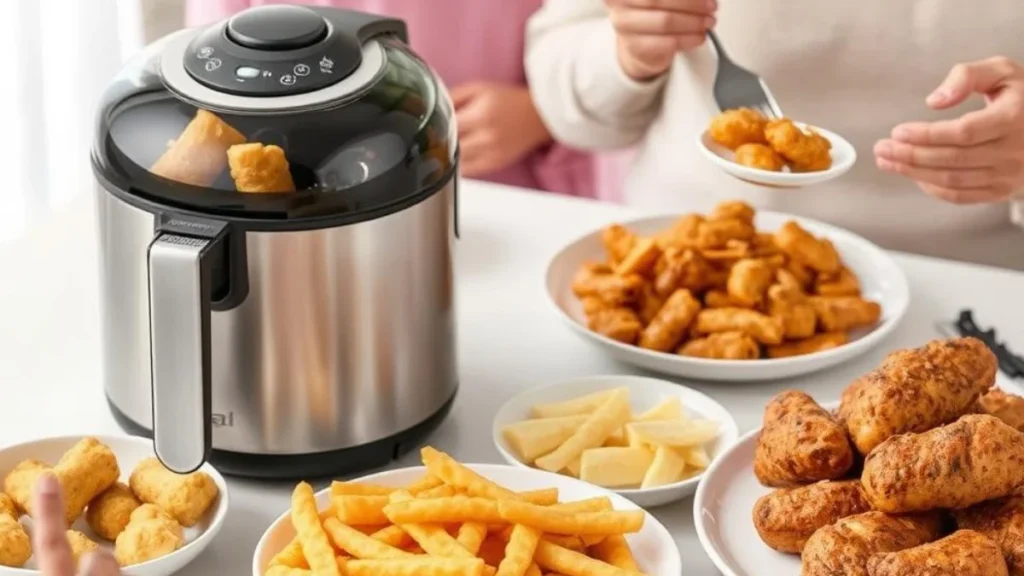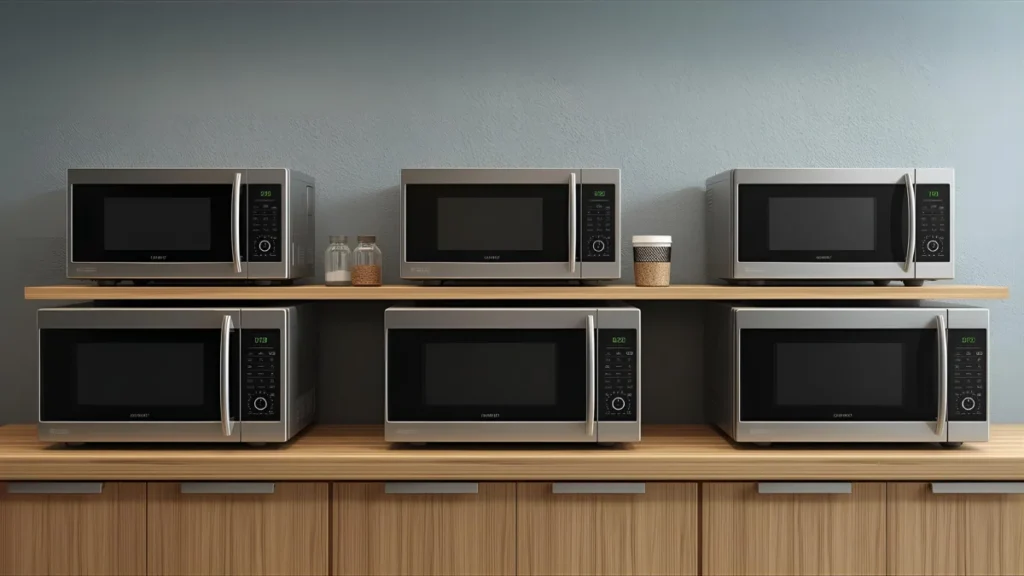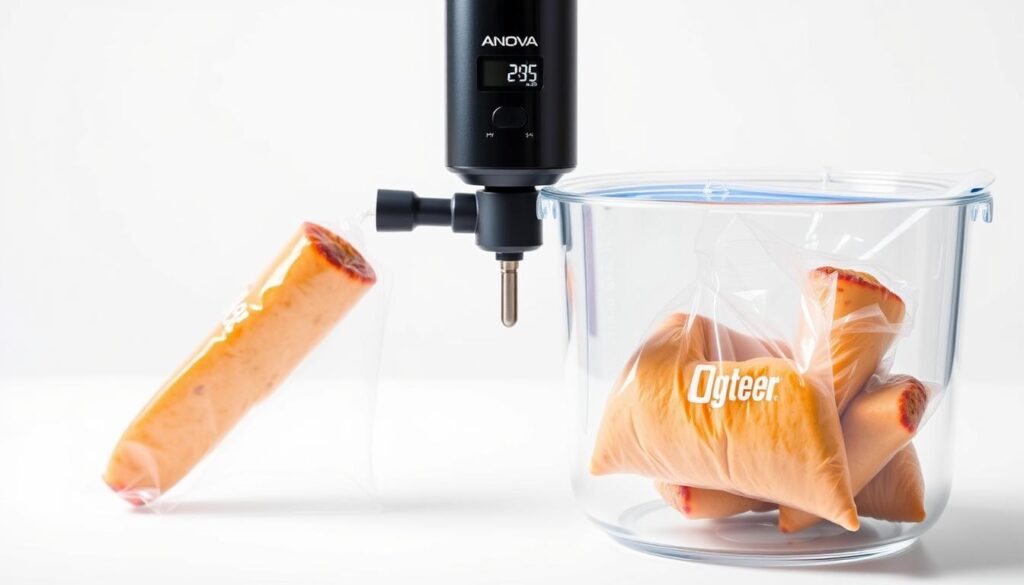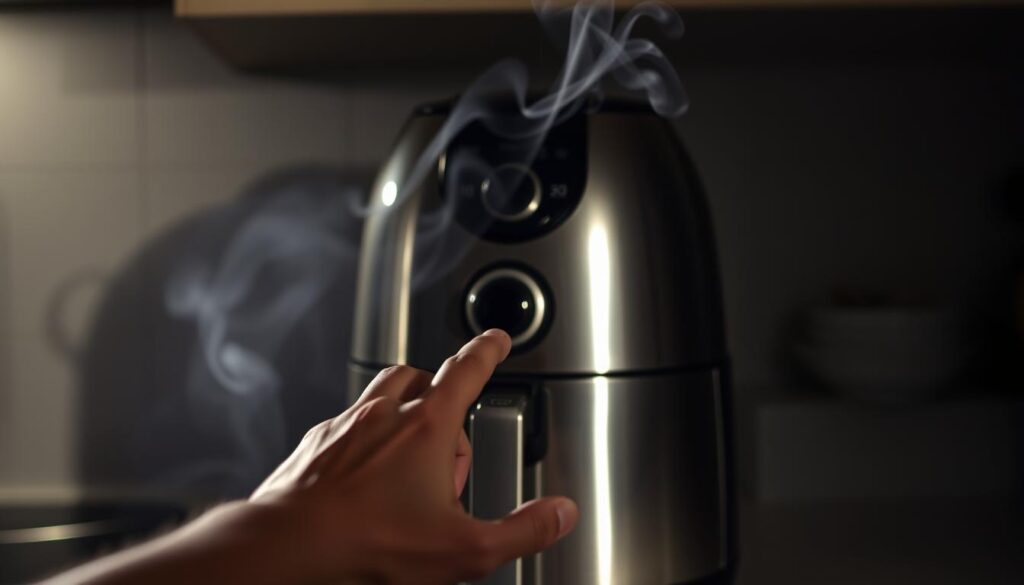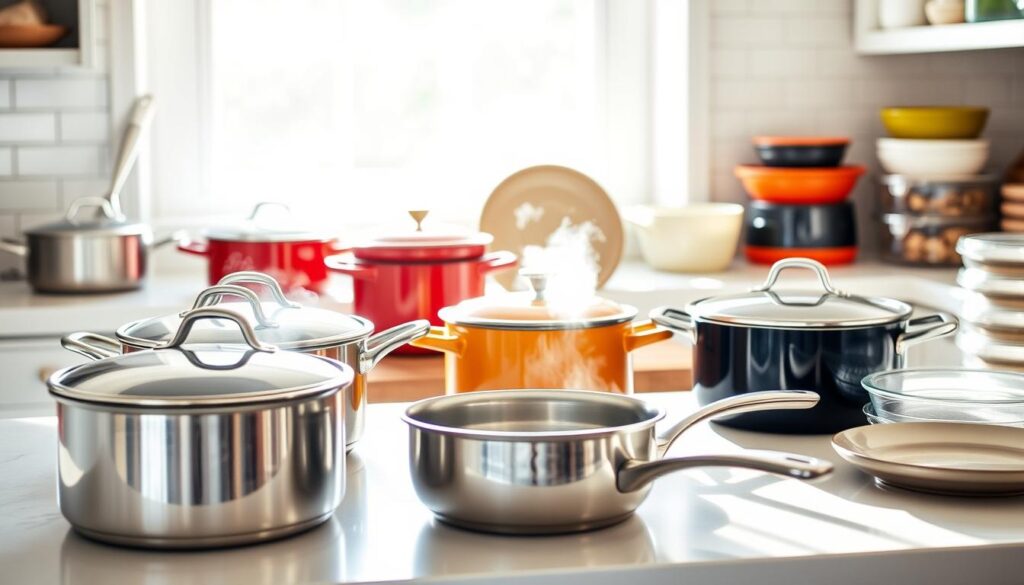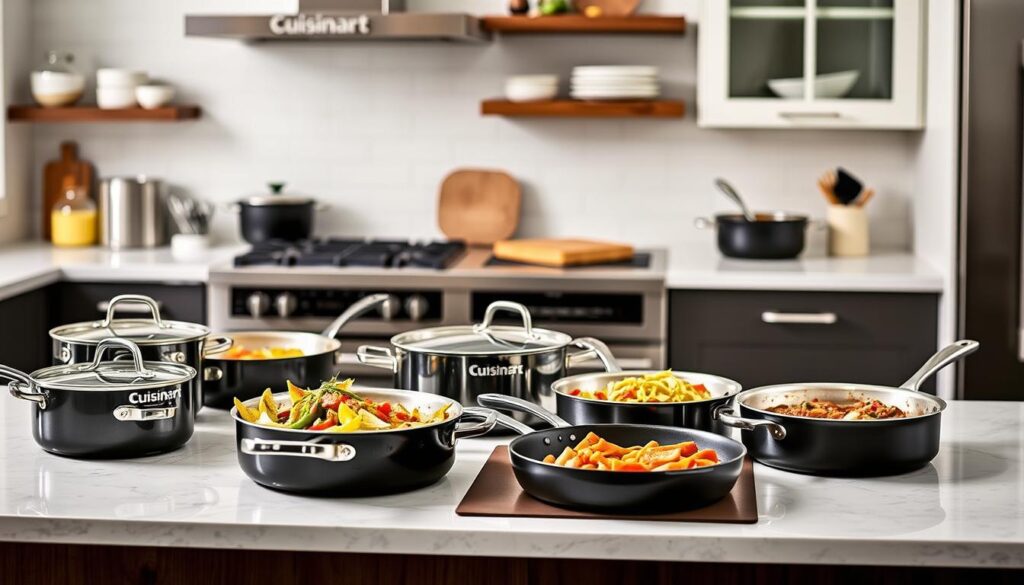Choosing the best juicers for home is the first step to creating great-tasting juice at home. They help you extract more nutrients and enhance the taste of your juice.
The best juicers are known for their superior performance driven by enhanced features, including strong motor power and efficiency, adequate storage capacity, compact design, portability, easy washability, and maintenance.
With the right devices, juicing at home opens up a world of health benefits, as they make it easy to enjoy nutrient-rich fruits and veggies.
Benefits of Fresh Juice at Home
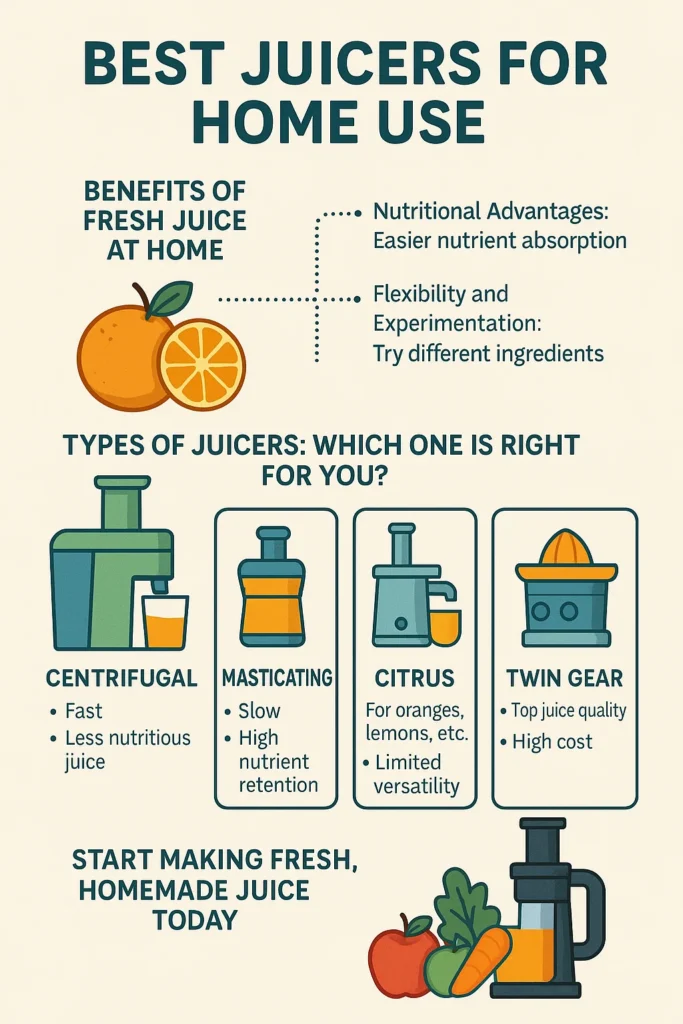
Fresh juice is full of vitamins, minerals, and antioxidants. So, drinking fresh juice offers numerous health benefits compared to Whole Foods.
Nutritional Advantages: By breaking down the cell walls of the ingredients, juicing makes it easier for your body to absorb the nutrients in the freshly made juice.
Flexibility and Experimentation: Juicing at home lets you try many different ingredients. You can experiment with everything from apples and oranges to kale and spinach. This way, you can make juices that taste good to you and meet your nutritional needs.
Types of Juicers: Which One is Right for You?
Choosing the perfect juicer starts with knowing the different types. There are many options, making it hard to pick the right one. So, it is critical to learn about these options, which helps you choose the right juicer for you.
Each juicer type has its own good points and not-so-good points. We’ll look at these in more detail.
1. Centrifugal Juicers
Centrifugal juicers are very common. They use a spinning basket to get juice from fruits and veggies. They are fast with different speed settings and easy to use, making them great for beginners.
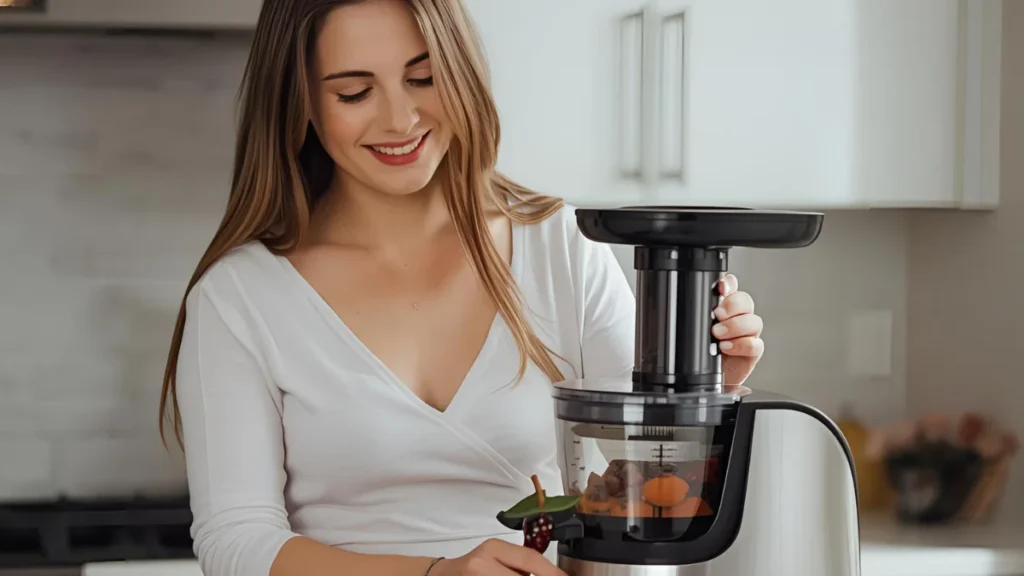
However, the juice might not be as good for nutritional value because of the fast spinning, which nearly kills all nutrients. They are also loud and need more time and effort to clean.
2. Masticating Juicers
Masticating juicers are great for juicing leafy greens and more. They work slowly, like cold-press juicers. They crush and press to extract the juice, similar to chewing. In effect, they make better juice with more nutrients. They can also make nut butters, baby food, and sorbet.
However, they cost more and are slower. Further, you need to cut the ingredients into small pieces before juicing.
3. Citrus Juicers
Citrus juicers are for juicing oranges, lemons, and limes. They get juice without pulp, making it smooth.
The advantages include a manageable small size, ease of cleaning, and simplicity of use. They are best for citrus fans.
On the downside, they only work for citrus fruits, which limits their versatility compared to others.
4. Twin Gear Juicers
Twin gear juicers are top-notch. They use two gears to crush and press, making juice with slight oxidation.
Benefits: They make the best juice, keeping nutrients in. They are durable and can juice a variety of things, like greens and wheatgrass.
Disadvantages: They are the most expensive. They are hard to put together and clean. They also take a lot of prep time.
In conclusion, the best juicers depend on what you need, your budget, and how you like to juice. There’s a juicer for everyone. Knowing what each type offers helps you choose the best one for you. Start making fresh, homemade juice today.
Top-selling Best Juicers
Last update on 2025-09-14 at 09:57 / Affiliate links / Images from Amazon Product Advertising API
Looking to start juicing? Choosing a top-rated juicer is a smart first step. There are many options, so pick one that meets your needs and budget.
Detailed Descriptions of the 5 Best Juicers for Home Use
1. TUUMIIST Cold Press Juicer (5.3″ Extra Large Feed Chute, 300 W)

Key Features, Specifications & Functionality
- Motor & Speed: 300 watts, slow cold-press / masticating technology operating at about 55 RPM to reduce oxidation and preserve nutrients.
- Feed Chute Size: Extra large 5.3-inch diameter chute, big enough to accept whole fruits & vegetables, meaning less chopping.
- Material & Safety: BPA-free materials; safe design features (e.g., safe when parts are appropriately assembled). Mirror satin finish; made of ABS plastic.
- Filter / Mesh: Metal-free filter mesh; likely easier to clean / less risk of rust.
- Size / Weight / Build: Dimensions around 8″D × 8″W × 17″H; weight ~3.2 kg.
- Cleaning / Assembly: Designed to be easy to assemble and clean; includes a special brush. The claim is that cleaning can be done in ~5 minutes.
User Feedback: What People Praise & What They Complain About
Praises:
- Many users appreciate the ability to throw in whole apples or large fruits without pre-cutting, thanks to the wide chute, which saves prep time.
- High juice yield relative to pulp left; users report getting “more juice, less waste.”
- Quiet operation compared to centrifugal juicers. The slow speed and masticating mechanism are appreciated for smoother, less frothy juice.
- Cleaning is often said to be straightforward: there are few parts, including the brush, and disassembly is simple.
Complaints / Drawbacks:
- Some users find that, despite the feed chute being wide, tough/fibrous produce (e.g., thick carrot pieces or very fibrous greens) can still jam or require smaller pieces.
- While the 55 RPM speed helps preserve nutrients, it’s slower: juicing takes more time for larger volume batches.
- Some mention that parts (because of plastic) feel less robust than premium machines; durability over the long term is questioned in a few reviews.
Practical Scenarios / Use-Cases
Here’s how this TUUMIIST juicer tends to shine in real life:
- If you’re doing morning juice routines with apples, oranges, carrots, etc., and you want minimal prep work, this one helps you throw things in quicker.
- For people sensitive to noise (e.g., early risers, families, or night owls), its slower motor is less disruptive.
- For regular juicers who care about nutrient preservation, the slow cold-press preserves vitamins and enzymes.
- For small households or two-person juice batches, this option offers decent capacity, less waste, and works well without needing an industrial size.
Strengths, Drawbacks, Ideal User Profile
| Strengths | Potential Drawbacks | Ideal User Profile |
|---|---|---|
| Large feed chute saves prep time; good juice yield; BPA-free; easy cleaning; quieter than centrifugal juicers. | Slower for big batches; may still need cutting for very fibrous produce; plastic parts may be less premium, with possible durability concerns. | Someone who juices a few times a week, cares about nutrition, wants less prep and cleanup, and is okay with moderate speed. Not ideal for heavy-duty/frequent juicing of large volumes |
2. YPONE Juicer Machines (5.4″ Large Feed Chute, 400 W)

Key Features, Specifications & Functionality
- Motor & Power: 400 watts; slow juicing (55 RPM) to reduce heat and oxidation.
- Feed Chute: 5.4-inch large feed chute for whole vegetables and fruits so that you can avoid a lot of chopping.
- Filter / Strainers: Dual strainers (double-layer, ~0.3 mm mesh) to reduce clogging and improve juice clarity.
- Safety & Design: Smart safety lock that stops operation if lid is opened. Shell is heavy-duty, featuring side vents to prevent overheating.
- Cleaning / Handling: Disassembles into three main parts quickly; includes push rod and brush. One-button control for simplicity.
- Size / Material: Titanium Gray shell; plastic body; dimensions around 7.87″D × 3.94″ W × 11.81″H. Weight ~9.6 lb.
User Feedback
Praises:
- Users appreciate the significant reduction in cutting required due to the large chute.
- Juice yield is often noted to be very good, with pulp being relatively dry (i.e., less waste).
- Many people mention that the dual strainers help avoid clogging, resulting in fewer “stop and clean” moments.
- Overheat protection is appreciated, especially by people doing batches or using fibrous produce.
Complaints:
- Some find its bulk or size heavier on the countertop; it takes up space.
- A few mention the noise is more than expected for a “slow juicer,” especially when pushing harder produce.
- The assembly/locking mechanism can take a bit of getting used to; the locking parts must fit precisely, or it may not work.
- Some users report that the parts in contact with juice are entirely plastic (including strainers), raising concerns about long-term durability.
Practical Scenarios / Use-Cases
- If you juice frequently and want to cut down preparation time (for example, working parents, busy mornings), the large chute + whole-fruit capability is a big plus.
- For health-conscious users who juice leafy greens, root vegetables, etc., and want good clarity (minimum pulp), the dual strainers help.
- For those making larger batches (e.g., for the week), the 400 W power helps push through harsh ingredients like carrots.
- For occasional users who prefer simple one-button use and easier disassembly, this model makes the cleaning less daunting.
Strengths, Drawbacks, and Ideal User
| Strengths | Potential Drawbacks | Ideal User Profile |
|---|---|---|
| More power helps with tough produce; a huge chute saves time; dual strainers reduce clogging; safety features; good build. | Larger footprint; plastic internal parts may limit long-term durability; possibly louder under heavy load; locking mechanism needs care. | For regular juicers who want to juice a wide variety of produce, especially harder items, with less prep; for someone with kitchen space; not ideal if budget or space limited |
3. EanOruus Cold Press Juicer (5.3″ Wide Feed Chute, ~400 W)

Key Features, Specifications & Functionality
- Power & Speed: ~400 Watts; uses slow masticating / cold-press tech. RPM is around 50-55, depending on the variant.
- Feed Chute: Wide 5.3-inch (some variants list 5.4″) chute allows large pieces. Cuts down prep.
- Anti-blocking / Reverse Function: If large or fibrous material gets stuck, it supports reverse to clear jams.
- Ease of disassembly/cleaning: The product is designed with few parts (three main parts) and includes a cleaning brush.
- Safety / Lid Lock: Lid must be tightly closed; if not, the machine stops. Handle alignment required.
User Feedback: Pros & Cons
Praises:
- Many users report excellent juice yield, leaving dry pulp behind.
- Wide feed chute makes process faster / easier: less chopping, fewer “stuck bits.”
- The reverse function is well-loved. If there’s a blockage or you overfill, the reverse helps you sort it out without disassembling everything.
- Users appreciate that the machine is quieter than many centrifugal juicers, especially with softer fruits.
Complaints:
- Bulkier than ultra-compact models, it takes up space on the counter.
- With complex or fibrous produce (carrots, celery, beetroot), users sometimes need to feed gradually or do a partial cut-down.
- Some users find that although cleaning is easier, fine mesh filters/pulp outlets may still trap bits and require careful scrubbing.
- Heat build-up under continuous heavy use is mentioned (if juicing lots of tough produce).
Practical Scenarios / Use-Cases
- For juice enthusiasts who alternate between leafy greens, root vegetables, and fruits, this handles variety quite well.
- For weekend batch juicing, you can prepare enough for several days, especially of fruit or mixed veggie/fruit juice.
- For individuals living alone or couples who frequently enjoy fresh juice but prefer not to deal with noisy or high-maintenance machines.
- For users who occasionally push hard produce and appreciate having a reverse function to avoid jams.
Strengths, Drawbacks, and Ideal User
| Strengths | Potential Drawbacks | Ideal User Profile |
|---|---|---|
| High juice yield; wide feed chute; reverse function; reasonably quiet; fewer parts = easier cleaning. | Bulky; hard produce slows things; fine parts need attention during cleaning; possible heat build-up with heavy continuous use. | Someone who wants to juice a wide range of items (fruits + vegetables), cares about efficiency, tolerates slightly larger machine size, wants good performance for moderate-high usage |
4. Ninja NeverClog Cold Press Juicer (JC151)

Key Features, Specifications & Functionality
- Motor & Power: 150 watts, high-torque slow juicer.
- Pulp Control: Comes with two interchangeable pulp filters—“Less Pulp” and “Lots of Pulp”—so you decide the texture.
- Programs: Two one-touch programs: Start/Stop and Reverse for unblocking.
- Containers & Capacity: 24 oz juice jug; 36 oz pulp container. Anti-drip lever to reduce spills.
- Cleaning & Dishwasher Safe: All parts that touch juice are dishwasher-safe.
- Size / Build: Dimensions ~12.11″D x 7.15″ W x 15.93″H; weight ≈7.93 lb. Charcoal / Machine-Gray finish; stainless steel & BPA-free plastic.
User Feedback
Praises:
- Users love that “NeverClog” isn’t just marketing—it often handles fibrous things without frequent stopping or cleaning.
- Pulp dryness is decent; juice clarity is good.
- The two filter options give you flexibility, allowing you to choose between smooth juice and more texture.
- Assembly and cleaning are more straightforward than many older cold-press models. Dishwasher-safe parts are a plus.
Complaints:
- Under heavy load, or with large pieces, it can still clog or slow down; reverse helps but isn’t always perfect.
- Juice sometimes gets more foam or slight oxidation in lighter-colored fruits (like apples and greens), possibly due to variations in motor power/speed.
- Plastic parts may feel less premium compared with metal parts in higher-end units. Some users worry about longevity.
- For huge batches, capacity may be limiting; you’ll need to empty the pulp container more often.
Practical Scenarios / Use-Cases
- For someone who wants an affordable cold-press juicer that still handles harsh ingredients (ginger, kale, carrots) reasonably well without constant blockage.
- For users who like options, the juice can be smoother or more pulpy, depending on the recipe or personal taste.
- For households where cleaning convenience matters: dishwasher-safe parts and an anti-drip lever reduce mess.
- Suitable for moderate juice demand (daily or every other day), but may be less ideal for juicing large batches daily.
Strengths, Drawbacks, and Ideal User
| Strengths | Potential Drawbacks | Ideal User Profile |
|---|---|---|
| Versatility in pulp control; decent power for its price; dishwasher safe; easier cleanup; anti-drip lever helps reduce mess. | Lower wattage vs some heavy-duty models (so less force on very fibrous produce); plastic parts may be less durable; capacity and speed limitations for high-volume users. | Best for casual to semi-regular juicers who want flexibility, less cleanup, decent performance without spending top-tier; good for smaller kitchens/people sensitive to mess. |
5. Nama J2 Cold Press Juicer – Self-Feeding / Wide Mouth Hopper

Key Features, Specifications & Functionality
- Hands-Free Self-Feeding Hopper: You can load recipes / chopped fruits & vegetables in the wide mouth hopper; it feeds produce automatically so you don’t have to push everything through one by one manually. Saves attention & multitasking.
- Motor & Power / Speed: 200 watts rated consumption; 50 RPM; induction motor.
- Juice Yield & Zero-Waste Design: Claims of extracting more juice and leaving less pulp (so more efficient use of produce).
- Dimensions & Build: Approximately 9.8 inches wide × 9.0 inches long × 17.7 inches high; weight around 12.1 pounds (~5.5 kg) with the chamber set. Rated for both 120 V and 230-240 V depending on plug type.
- Durability & Warranty: Strong point: 15-year warranty on parts. Long lifespan expected.
- Accessories / Extras: Includes multiple strainers, coarse & fine; recipe guide; cleaning brush; etc.
User Feedback
Praises:
- Users rave about how little effort is needed: load in the hopper, turn on, walk away. Especially useful if one is multitasking.
- Juice yield is often described as excellent; pulp is very dry which means more juice.
- The product is praised for aesthetic design, feeling premium; look & finish matter to many.
- Warranty and brand support get good feedback; users feel confident investing.
Complaints:
- Price is steep compared to others in this set. For many users it’s a serious investment.
- Size is larger; needs counter space. Not ideal for small kitchens or if storage is a concern.
- Because of the hopper feed, sometimes large batches take time to process fully; cleaning all the parts (hopper, strainer etc.) is more effort.
- Some users say for leafy greens or tricky produce, efficiency drops slightly vs harder items; though yield is still good.
Practical Scenarios / Use-Cases
- For someone who makes juice in larger quantities (e.g. prepping for several days, or for family use), this machine allows loading in large amounts and less monitoring.
- For people who dislike the repetitive chore of pushing produce piece by piece; this frees hands.
- For juice lovers who also like other uses (smoothies, nut milks, sauces) since attachments/strain-ers allow some versatility.
- For those focused on long-term investment: good warranty, solid build, reliable performance over the years.
Strengths, Drawbacks, Ideal User
| Strengths | Potential Drawbacks | Ideal User Profile |
|---|---|---|
| Very high efficiency / yield; hopper feed reduces manual workload; zero-waste mentality (less pulp); excellent warranty; premium build. | High cost; large footprint; more parts to clean; not ideal if you only juice small amounts once in a while. | Best for serious juicers, people who juice often / in bulk, want high yield, value ergonomics & durability, have space & budget; maybe less suitable for occasional juicers or minimalists. |
Comparison Table
Here’s how the five models compare at a glance on key dimensions:
| Model | Power / Motor | Feed Chute / Hopper Size | Yield / Efficiency Features | Ease of Cleaning / Parts | Special Features | Price / Value Position |
|---|---|---|---|---|---|---|
| TUUMIIST (5.3″, 300 W) | 300 W, ~55 RPM | 5.3″ wide | High yield for its class; slow press to retain nutrients | Few parts; metal-free filter; quick clean (~5 min) | BPA-free; safety alignment features | Mid-range; good balance of performance & cost |
| YPONE (5.4″, 400 W) | 400 W, slow speed | 5.4″ large | Dual strainers, high juice extraction, less clogging | Disassembles into 3 pieces; brush included | Safety lock; overheat protection | Higher power; better for heavier use; slightly more expensive |
| EanOruus (400 W, ~5.3-5.4″ chute) | 400 W, ~50-55 RPM | Wide feed chute | Reverse function; solid yield; good for mixed produce | Few parts; cleaning brush; user reports of clarity | Anti-block feature; good for variety | Similar to YPONE; strong contender for value + power |
| Ninja JC151 NeverClog | 150 W, high torque | Standard chute (smaller than above) | Pulp filters; options; anti-drip; less stopping | Dishwasher safe parts; simpler cleanup | Pulp customization; reverse; anti-drip | More budget-friendly; less power but good features for price |
| Nama J2 | 200 W, ~50 RPM | Wide mouth hopper (self feeding) | Zero-waste design; high yield; coarse & fine strainers | More parts; premium materials; cleaning takes some effort | Long warranty; hands-free feed; versatile uses | Premium / investment tier; high value if you use it often |
Who Is Best for Which: Matching User to Product
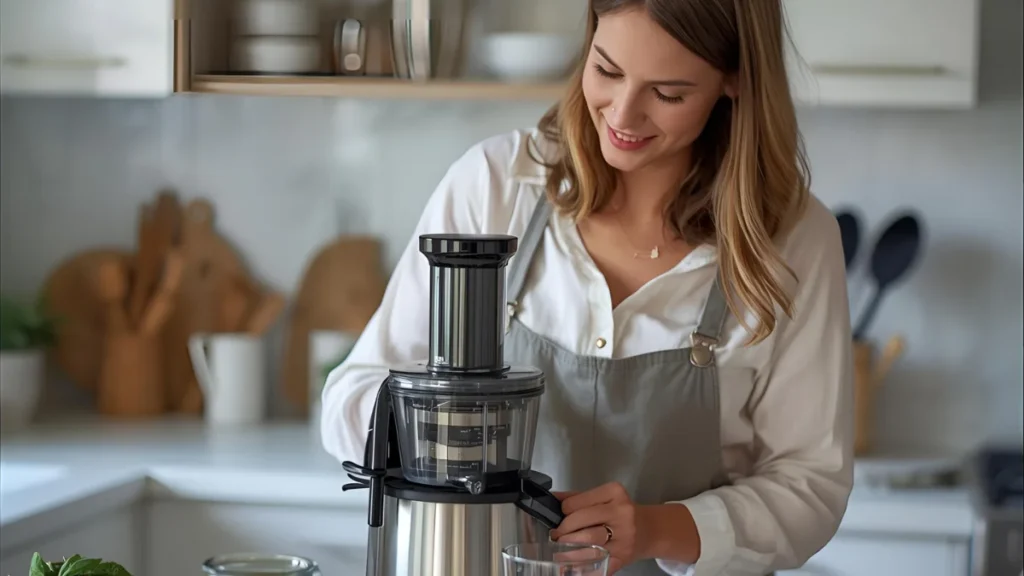
Here’s a summary of which user type will likely get the most out of each fruit (pun intended):
| User Need | Top Picks | Why |
|---|---|---|
| Minimal prep, whole fruits, good yield, mid price | YPONE / EanOruus | Big power, large chute, dual strainers / reverse; trade-off is size & cost but you get solid extraction. |
| Simplicity + moderate usage, quieter, easier cleanup | TUUMIIST / Ninja NeverClog | Less powerful but easier maintenance; Ninja especially good if pulp control and mess are concerns. |
| Batch juicing, hands-free, “set it and forget it” | Nama J2 | Hopper feed means load up and go; high yield; great warranty makes it a long-term investment. |
| Budget / first cold-press purchase | Ninja NeverClog | Lower upfront cost; still good features; less power but decent performance. |
| Heavy fibrous produce (celery, carrots, ginger) use | YPONE / EanOruus | Their high power and features like dual strainers / reverse help push through tough produce. |

